Kurzhaar: description of the appearance and character of dogs, their content
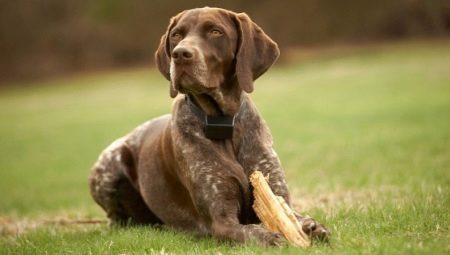
The breed of dog with the complex name of the shorthaired pointer was bred in the 19th century. It is especially popular with hunters, as this dog is an excellent companion and assistant in the game paddock.

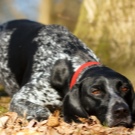
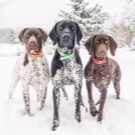

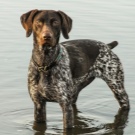
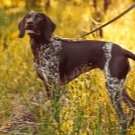
Origin story
The German Shorthaired Pointer is a hunting dog that was bred in Germany. The breeders wanted to get not only an outstanding sporting and hunting breed, but also an animal with an attractive appearance and a talent for hunting. At the same time, the breed has a surprisingly submissive disposition, is well trained and is not aggressive towards humans. The described breed was the result of crossing English, Spanish and German dogs, as a result, she took over from them only the best features. English blood endowed animals with a keen sense of smell and ingenuity, the ability to quickly respond to a situation. It is these qualities that dogs are famous for in a country where hunting is considered a real art.
After much work, German breeders were able to obtain an animal capable of hunting small and large game. This is a versatile dog that will help bring home not only a black grouse, but also a deer. The animal perfectly fulfills the task in water and on land, can move quickly in dense vegetation.
He has well-developed natural instincts, if necessary, the shorthaired pointer can be easily trained, during which the dog seeks to please its owner, and not just complete the task.
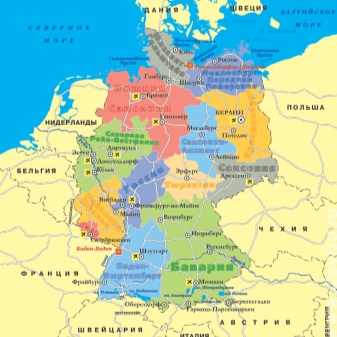
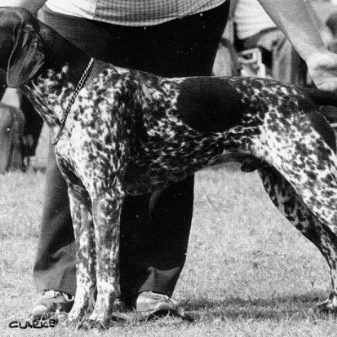
When the dog handlers began to understand the pedigree of the breed, they came to the conclusion that the shorthaired pointer existed in Germany for a long time. Based on the collected facts, it was possible to conclude that the ancestors of the described breed were brought to the country from the Mediterranean, where they, in turn, appeared from Asia... Interest in hunting breeds disappeared when a person got a firearm. Prior to that, the shorthairs kept the know, since these dogs helped them to hunt on their lands. Representatives of the species in question belonged to the cops, that is, those dogs that could find in the thickets not only birds, but also large animals.
The ancestors of the shorthaired pointer were also cops. Today it is already known that the breed was the result of crossing the Spanish Pointer and Bracco Italiano. Initially, bracco appeared on the territory of Germany. Then it was decided to cross the brought dog with the Hanoverian hound, from which modern shorthaired hats inherited the attractive color of the coat of a coffee shade and not only. It is from the hound that the representatives of the described breed have natural hunting skills that allow them to catch game of any size.
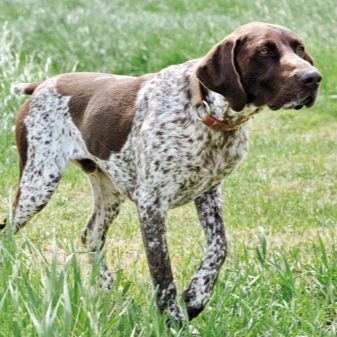
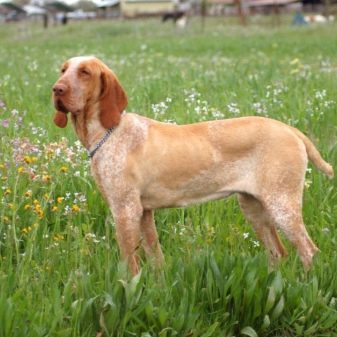
Another breed, the Perdigero Burgos, also had a great influence on the shorthaired pointer. These animals were excellent bird hunters, namely partridges. On the territory of Germany, they appeared 3 centuries later than the first breed. After crossing the Pointer and the Bracco, the Old German Württemberg Pointing Dog appeared, which is still considered the closest ancestor of the Kurzhaar.
Some breeders believe that many more varieties of dogs were involved in the formation of the breed. Including:
- Weimar Pointing Dog;
- Hungarian vizsla;
- dalmatian;
- German hound.
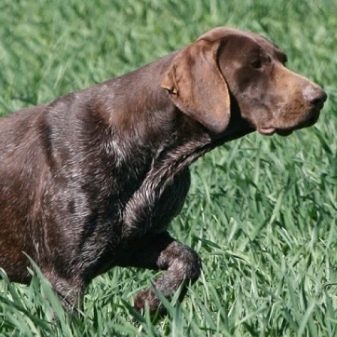
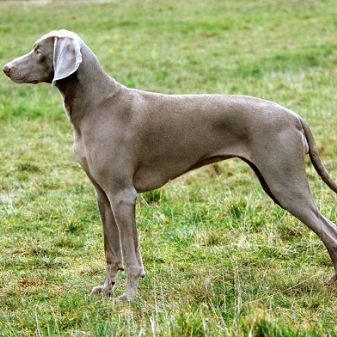
In earlier times, the appearance of a dog was not considered the main indicator of the selection of breeds for crossing. Much more important were the qualities that the dogs demonstrated, since good hounds sometimes cost the breeders more expensive than Arabian horses. In the 18th century, due to widespread standardization, breeders began to pay more attention to herd books and develop general criteria for breeding local dog species. This is the very time when the Drathhaar appeared - a breed that was the result of a mixture of German Pointer and coarse-haired dogs. The new name of the shorthaired pointer was required to distinguish the dog from the smooth-haired pointer.
At the end of the 19th century, active work was carried out on the creation of herd books, in the list of which the shorthaired pointer was added only in 1872. At the exhibitions one could see the first representatives of the breed, but these dogs played more of a service role than a hunting one.
By order of the Hanoverian prince, the Kurzhaar's studbook appeared, where it was possible to find the necessary information about the breed.
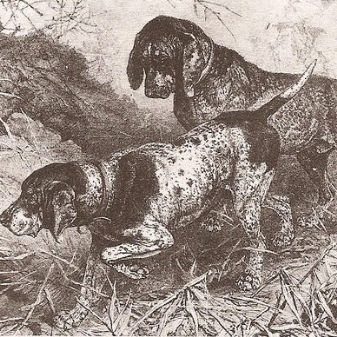
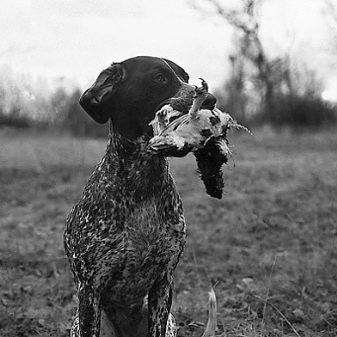
The book gave the first detailed description of the appearance, habits, abilities of such dogs. There was also a list of tasks with which the animal could easily cope. Since that time, the dog has not changed at all externally, but the breed standard was fixed only in 1912. It was the blood connection with pointers that endowed the animal with such positive qualities as high speed and neat physique. Both had a positive effect during the hunt, since the shorthaired pointer can develop an impressive speed even in the thickets.
The animal was brought to the United States in 1925. The first to introduce the breed was Charles Thornton, who was captivated by the dog's appearance and qualities. He was the first to have several individuals and began to breed them. Five years later, Kurzhaars were registered with the American Kennel Club. The animal gained great popularity in the twentieth century. More and more often it was possible to meet dogs at exhibitions, after their photos began to appear in specialized magazines.
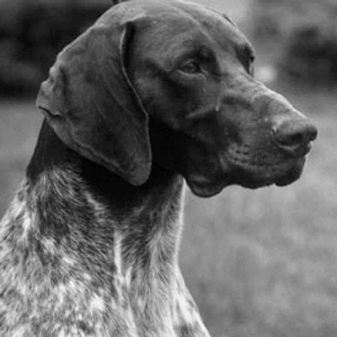

The history of the development of the breed was not so smooth in Europe, where, along with the Second World War, the danger of losing breeding individuals came from the breeders of Kurzhaars. During the war, dogs were exported along with money and other valuables to Yugoslavia.Human greed almost became the reason for the extinction of the breed. After the announcement of the Iron Curtain, breeders could not get access to good breeding animals and were forced to cross those who remained.
The English Kennel Club in 1948, these dogs were included in the category of gunmen, and only 20 years later they were recognized as one of the best in terms of hunting. In our century, shorthaired pointers occupy 16th place on the AKC list. They were able to appreciate the dignity of the dogs in our country. Today, few people breed these dogs for hunting, more often such dogs are kept as a good and loyal friend, since the hunting industry is slowly fading away.
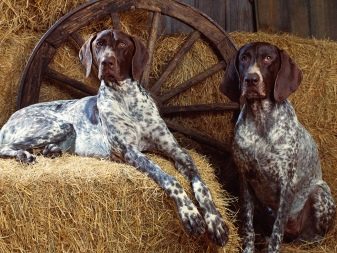
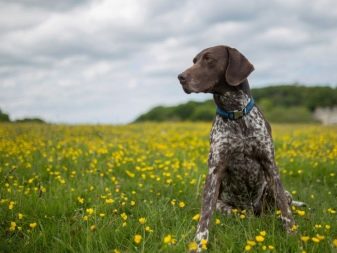
Description
The described dogs should be ranked as large, but, despite their size, they look graceful and have an athletic body. If you look closely, it is difficult not to notice the strong musculature of the animal; during movement, its steps seem light, airy, all due to the fact that the dog has excellent control over the body. In every movement you can see the nobility with which this dog was born. There is a difference in height between a male and a female, but it is insignificant. According to the characteristics, the male should be from 62 to 66 centimeters at the withers, and the female - from 58 to 64 centimeters. There is a set indicator for body dimensions. The male usually weighs 29-32 kilograms, and the bitch - 20-27 kilograms.
The head of a representative of this breed looks proportional to the existing body, with clear outlines. Its structure is slightly dryish, has a wedge-shaped shape. The skull is composed of broad bones, so it looks rounded.
The occipital protuberance is not very prominent, but there are well-defined brow ridges and a shallow furrow along the forehead.
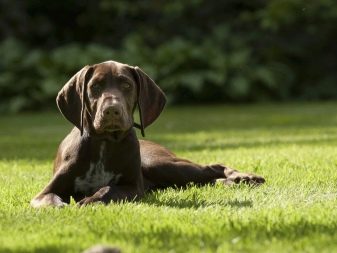
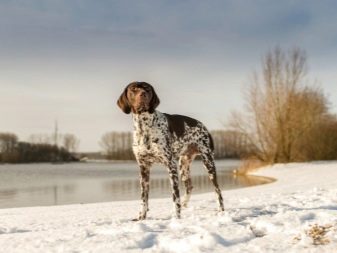
The muzzle tapers towards the nose, at the back of the head the skull is wide. In bitches, the shape of the muzzle is more pointed, but males have a humped nose that does not stand out much. The stop is smoothed. The nose can be black or dark brown, but if it is a white dog, then it is beige. If there is marble pigmentation on the face, this is not considered a defect in the breed, it is permissible according to the standard. The ears are set high. They are far apart, flat and hanging. The tips are not pointed, but round, reaching the corners of the mouth. They are neither fleshy nor thin. In front, they lie close to the muzzle, if the dog is calm, they jump in an excited state.
The dog's eyes are small, set obliquely, with tight-fitting eyelids. The cut is oval. If you look at the iris, you can see a dark brown pigmentation. Young individuals may have lighter eyes. The shorthaired pointer has a scissor bite, so the jaws of this hunting breed are very strong. The teeth are positioned vertically, when both jaws are closed, they are tightly closed.
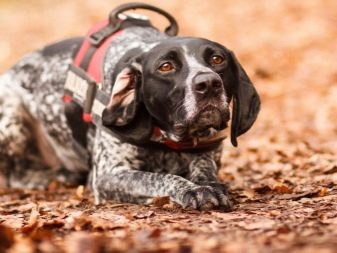
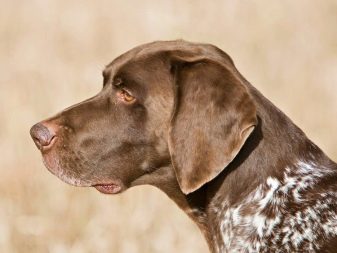
Representatives of this species boast a long neck that looks harmonious with the rest of the body. It is set at a 40 degree angle and slowly expands towards the shoulder blades. The nape is slightly convex, showing a slight curve towards the skull. There is no sagging skin on the throat.
If you look at the back of the Kurhaar, it is difficult not to notice a large amount of musculature., because of which the spine is almost impossible to feel, provided that the animal is well fed and healthy. The croup is long and sloping, the rib cage is well developed. The joints on the elbows are located at the level of the long sternum, a vault is formed under the ribs, at the bottom the line bends smoothly and passes into the stomach.
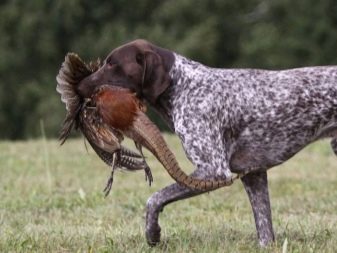
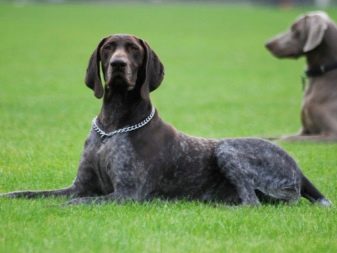
The tail is thick at the base, then tapers towards the end. Stands high, after birth it is cut in half to make it easier for the dog to hunt and crawl through the thickets. If the dog is calm, then the tail hangs, when it runs, it is in a horizontal position. The front legs are parallel to the hind legs. The shoulder blades are close to the chest and are quite muscular. If we consider them together with the shoulders, then the forelimbs form an angle of 100 degrees.
In front of the animal, a dense skeleton is provided, the muscles are well developed. Feet are oval or round, with pads and claws at the ends. The articular angles are strongly pronounced on the hind limbs. The thighs of the dog are the same muscular, widely spaced. Kurzhaar walks with a sweeping gait. The main load falls on the hind limbs, so the animal rests on them and pushes off, while the front just throws it out in front of itself. Proud posture is maintained while running.
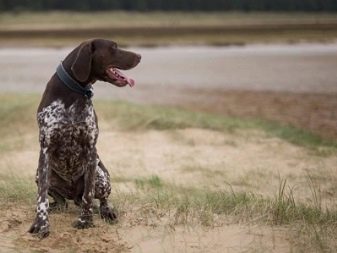
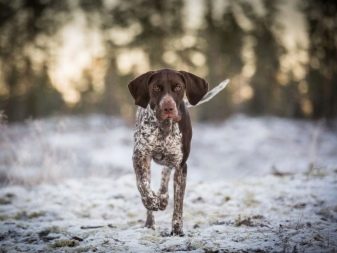
The coat of a purebred shorthaired pointer cannot be long. Hair evenly covers the entire body, the average length of the hairs is 1.5 mm. On the head and ears, the coat is slightly softer and shorter.
There are 6 officially accepted colors that are recorded by breeders:
- chocolate speck and white wool;
- a coffee shade with a slight gray streak;
- speckled with a coffee tint;
- completely coffee;
- piebald and coffee;
- white with black.
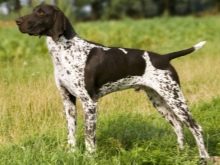
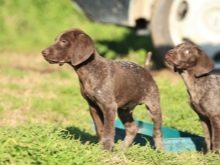
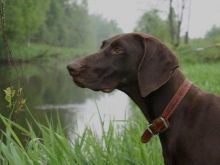
Defects
When describing the representatives of this breed, it is worth mentioning possible defects, which are most common:
- incisors may be missing;
- lips are sometimes too thick or thin;
- ears do not correspond to size, may be shorter or longer;
- light pigmentation remains in the eyes, even when the puppy has grown;
- the color is completely white;
- the chest is set too deep;
- humpback is visible;
- the croup is short;
- have a clubfoot.

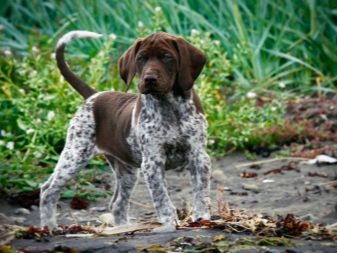
Individuals with some defects are discarded. These include curly hair, yellow or green irises, aggressiveness or cowardice of the dog. Also, breeders pay special attention to the teeth - they should not have a modified formula, undershot or undershot.
A short neck, poorly developed chest, rectangular feet and cryptorchidism are also reasons for puppies to be discarded.
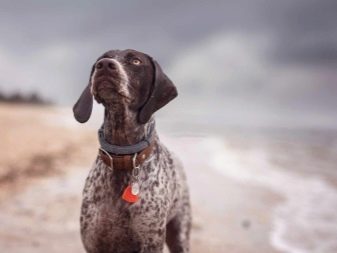

Character
Kurzhaars are unique - they are not only man's best friends, but also excellent helpers during the hunt. These dogs quickly become attached to humans and do not like to be alone for a long time. The animal is ready to take part in any activity. Even if the owner just sits and reads the book, the dog will lie down next to him. Some breeders do not get tired of reminding that such loyalty to the dog becomes a problem for some, because if you leave it alone for a long period of time, then out of boredom, the animal will spoil furniture, shoes, just to keep itself busy. That is why busy people are not advised to stop their choice on the representatives of this breed.
If the animal will not be in society for a long time, play with other animals, go for a walk, this will lead to some problems in character and behavior. Dogs turn into cowardly animals, which is completely unusual for shorthaired barrels.
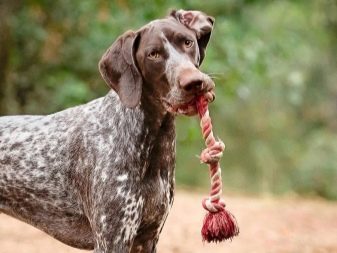
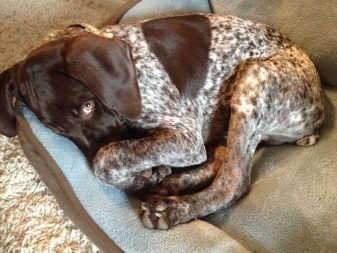
The shorthaired pointer may not accept a new family member for a long time. He will not show aggression towards a person, but will try to ignore him. It takes time for the dog to get used to it. The same applies to completely strangers who often appear in the house. The time will come when the dog will simply stop responding to such a guest as a threat. This is why shorthaired pointers are not very good guards. They can bark loudly, but rarely bite.
But if there is a choice between security and a faithful friend for the child, then this is ideal. This dog is ready to play day and night, frolic with the baby, very patiently regarding his pranks.
You should always remember that although the dog tries to behave very carefully, it has great strength and can accidentally push the child, so you should not leave them alone.
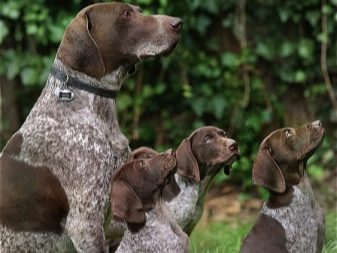
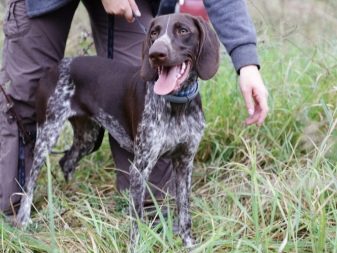
Other pets for the shorthaired pointer are also not a problem, unless it is a poorly socialized individual. Dogs of the breed in question do not seek to show their superiority and will not try to take the main place in the house.The only exception is when two males live together, who will growl at each other in an attempt to prove the right to the existing territory.
If the dog is educated correctly, then you can not be afraid to leave it alone with a cat or a smaller dog indoors. But rabbits, rats and other animals that the dog is used to hunting are not the best option for the neighborhood, although you can teach your pet to them from childhood. It should always be remembered that from time to time the instincts inherent in nature are manifested in the dog, this also applies to hunting skills. Sometimes such small animals are perceived by them as toys or prey.
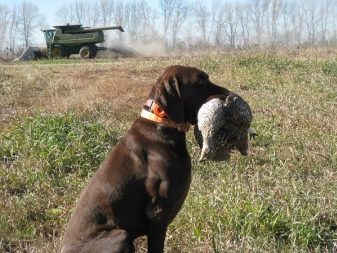

Kurzhaars are distinguished by their energy and activity, therefore, to be completely happy, they need daily exercise. It is advisable to spend several hours with them in the fresh air, choose a small clearing for a walk, where the dog can run around and play. It is best to keep the shorthaired pointer not in an apartment, but in a private house and be sure to take it with you to the forest. A restraining leash is not the best solution for walking, the dog will not get any pleasure from such a walking workout.
It is not at all necessary to keep the animal in the house, they can withstand bad weather very well and can feel normal in a warm booth if they are provided with regular balanced meals. The ability to run through the property at any time gives the dog frantic pleasure, so you should not chain the dog.
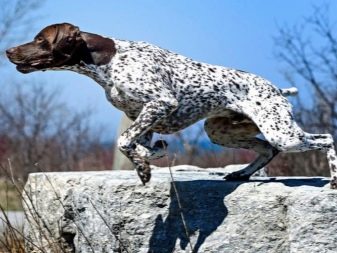
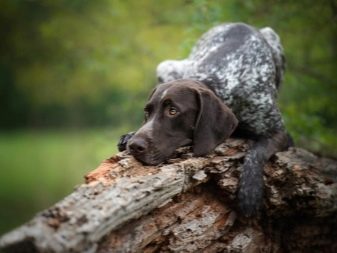
If you restrict her freedom, then you can harm the psyche of the animal. As a result, the pet will exhibit unbalanced behavior. In this case, health also suffers.
If you leave the dog in the yard unattended, then you definitely need to close all possible manholes, since the representatives of this breed love to run away from control. As soon as the animal smells the game, it will not be too lazy to find its source, in this case even a good fence does not always stop the dog, which can quickly make a tunnel for itself or simply jump over the obstacle.
Even if the site is well fenced, it costs nothing for the dog to develop his own escape plan., which he will definitely implement as soon as possible. Of course, the dog will return home after walking, but it is better to avoid such situations.
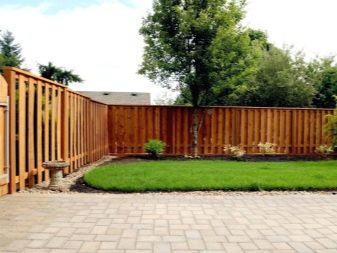
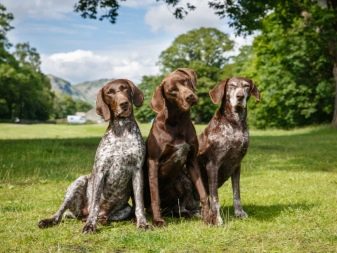
Life span
When a person chooses a friend, helper and partner in the form of a dog, he is always interested in how long the animal can live. As for shorthaired pointers, on average they live up to 14 years. The main condition for their long life expectancy is quality nutrition, constant exercise, care and a visit to the veterinarian.
Food plays a huge role in the life of an animal. If it is not balanced, consists of quality ingredients, then the shorthaired pointer will begin to suffer from some diseases inherent in large breeds. Therefore, their food should be rich not only in proteins, but also in vitamins and minerals. The activity of the dog also affects the duration of his life.
Dogs that regularly had the opportunity to walk in the fresh air live longer than those kept in the apartment.
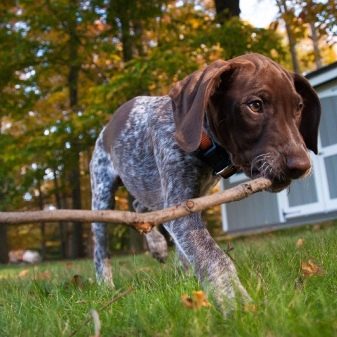
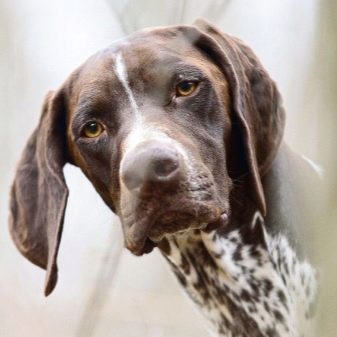
What to feed?
The shorthaired pointer must have cereals in the diet. Porridge should be cooked in meat broth, but there is no need to give them pearl barley. In any food, salt should be absent, since it does not bring any benefit, the animal can do just fine without it. If it seems that the food is too bland, then you can add carrots, pumpkins or even zucchini to it., from which more benefit due to the content of not only fiber, but also vitamins, microelements.
If you want your dog to be healthy, then you should not give it grapes and raisins - they have a bad effect on the intestines, causing increased gas production.It is also worth excluding any kind of fruit with bones, chicken bones, since they, when chewed, can stick into the dog's esophagus and stomach.
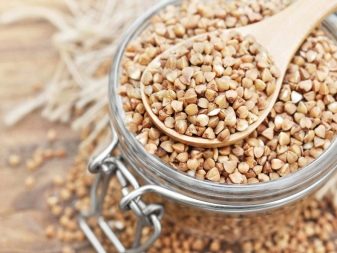
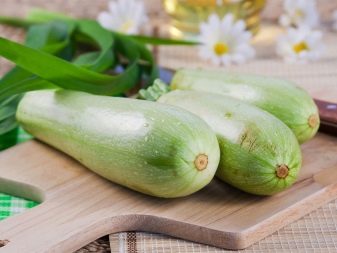
Yeast dough, onions and garlic will be a bad addition to the diet. Also on the list of not recommended foods are raw eggs, fatty meats, and minced meat. River fish are also not suitable for shorthaired barrels, as well as sweets. While some dogs love chocolate, it is extremely harmful to them. Until the puppy is 6 months old, it needs to be fed about 5 times a day, but portions should be strictly limited. After that, food is given only three times, but the dog should always have access to clean water.
If ready-made dry food or canned food is purchased, then all attention should be paid to the composition, which must be free from preservatives, dyes, flavorings. A bad product will contain corn and offal. The good one uses rice and natural meat. The amount of protein in it should be at least 40%. Among other things, it is advisable that the manufacturer takes care of the mineral and vitamin supplementation of the feed.
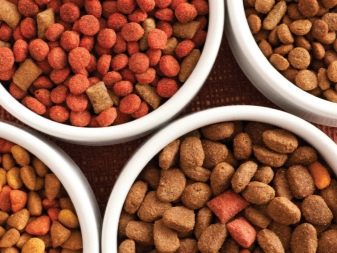
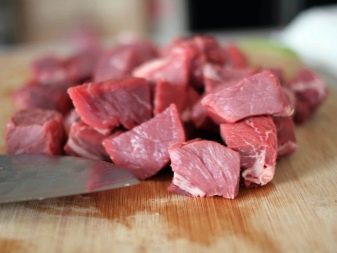
How to care?
Regular grooming of the dog is not required, as it belongs to the short-haired breeds. In order for the animal to feel good, it is necessary to comb out the old wool from the owner every few weeks. A massage glove or a bristled brush is ideal for this. If the dog begins to molt, then the procedure can be carried out more often so that his hair does not remain on the upholstered furniture and carpet.
It is not necessary to bathe your pet often, you can once a month, or even less often, when the need arises. Keeping the dog in the bath is not so easy, so if you teach him to use the procedure, then from early childhood. You need to understand that if you repeat this care of the coat too often, then it can become dull, since the natural protective layer of subcutaneous fat is washed out.
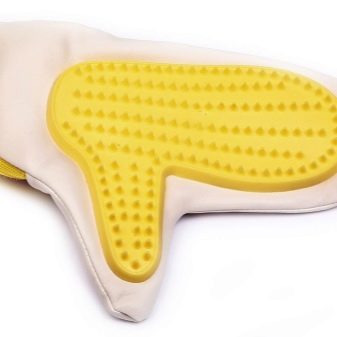
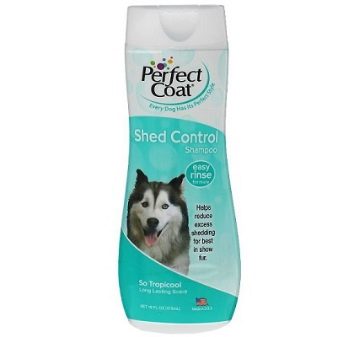
All cosmetics must be specialized. It is impossible to use shampoos familiar to a person for washing a dog.
After the dog has been bathed, the windows in the house should be closed to exclude a draft. Often the animal catches a cold if this advice is neglected.
Not only does the coat require care, but also the ears of the animal, inside which dirt often accumulates. They must be kept clean and dry for the animal to feel good. It is enough to take a cotton pad or a swab to remove dirt, without the need to clean too deeply. Special ear solutions are sold at an affordable price as an aid in pet stores. To avoid infectious diseases in a dog that often walks on the street, it is required to clean the ears every day.
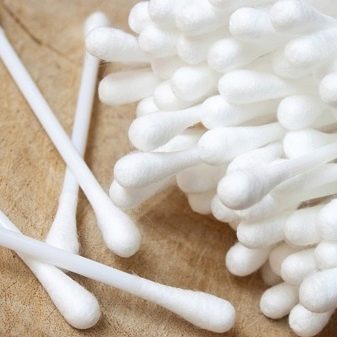
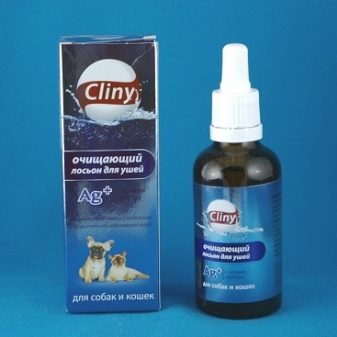
If your pet's eyes begin to water, and dirt appears in the corners, you need to wipe them with a cotton swab dipped in strong tea leaves. If you have serious problems, you need to contact your veterinarian. As for the claws, they are naturally worn down if the dog leads an active lifestyle. If the dog is kept in the apartment, then you will need to buy an additional nail clipper. Too long nails of a dog will give him discomfort, so sharp edges need to be filed off, and the pads on the paws should be lubricated regularly with oil.
Particular attention should be paid to the oral cavity and teeth, which should be cleaned every 2 weeks. To do this, in the pet store you can buy not only a brush, but also a special paste. When a dog is accustomed to pasting hygiene from a young age, brushing is not a problem.


Upbringing
Training a shorthaired pointer at home is a difficult process, but if you approach it correctly, you can raise the animal correctly. It is worth noting that Kurzhaars are good students and are considered one of the smartest breeds. It's easy to train them, the main thing is to adhere to the rules developed by specialists. You need to start raising a dog as early as possible. After getting to know the puppy, you will first need to establish contact and trust with him. He must learn as much as possible about the world around him, get acquainted with unfamiliar smells around him, other animals in the house, and study the area. With the right approach, the animal will grow up balanced, fearless and will obey the owner.
In the process of training, it is worth adhering to the principle from simple to complex, then the dog will understand what they want from him. First, they start with the simplest commands, then smoothly move on to more complex ones.
Each time you will need to repeat the material covered, since at first the dog may forget the commands.
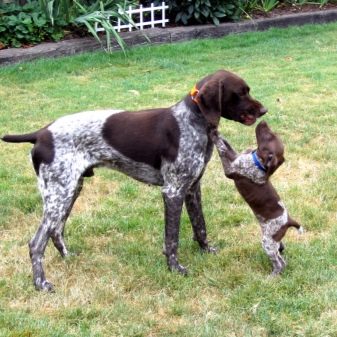
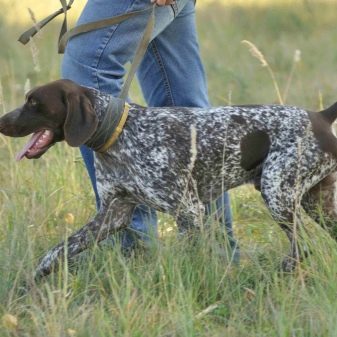
To achieve a result, you need to show the shorthaired pointer who is the boss and leader in the house, this is the only way you can force the dog to do something. They rarely show stubbornness, but they like to obey those from whom they feel strength. Because this breed is hunting, its representatives during the training process can be distracted by extraneous smells, sounds, and this inattention will interfere until a person establishes his leadership position.
Every day you will need to come up with new tasks for the dog and change the training tactics. If you focus on monotony, the dog will soon get bored with training and he will refuse to perceive information. You need to imagine that you are working with a child who should be constantly interested. It is better to prepare in advance or look at a set of exercises on the net, which then change after a certain period of time. The pet should show itself not only physically, but also mentally - logical puzzles representatives of the described breed like it no less. When the dog is trained specifically for hunting, most of the standard commands are replaced with obstacle course, that is, they teach him to be enduring, overcome obstacles without breaking the pace. The treat is given to the dog only after it has earned it.

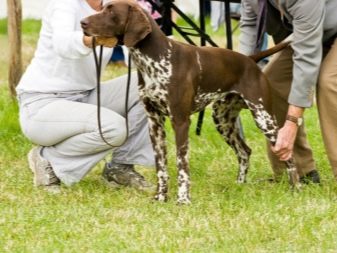
Owner reviews
Numerous owners and breeders distinguish strong immunity from the positive qualities of this breed, so there are not many problems with shorthaired pointers in the process of keeping them. However, there are several diseases that are most often detected in representatives of this species. Among them are ear infections. Often the sink remains closed, therefore it is poorly ventilated, bacteria multiply in it. Like all large dogs, Kurzhaars have to deal with joint dysplasia and a lack of iodine in the body. Also among the most common diseases they have are volvulus, eye problems, seizures and arthritis.
If we talk about genetically transmitted ailments, then there are few of them. Of great concern to breeders is von Willebrand disease, which is associated with blood. You should always remember that these dogs cannot stand being alone, and if they have nowhere to spend energy, then home furnishings are used, namely upholstered furniture, pillows. Very often, the owner's shoes also suffer from this feature of the character of the dog.
In the next video you will find interesting facts about the shorthaired pointer dog breed.






































